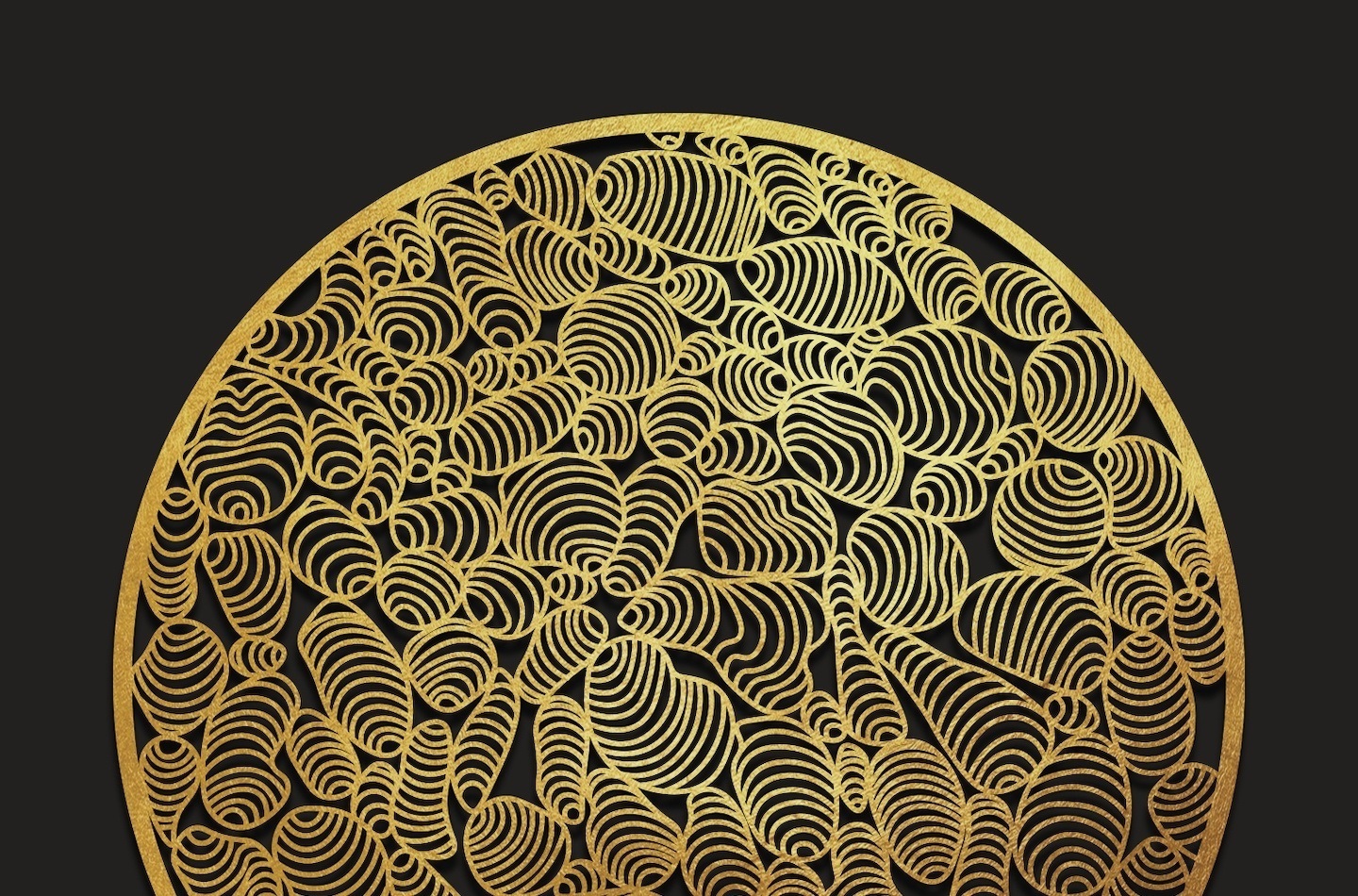In the early years of the ‘new twenties’, let's delve into the world of art deco and learn about its relevance to contemporary interior design.
Gold in Silver Spiral by Mark Beattie
A History of the Art Deco Movement
Art Deco is inseparable from the context of the Roaring Twenties, a time of economic growth and relative peace between the two world wars. This gave way to a free-spirited culture of decadence, consumption and wild parties straight out of The Great Gatsby. The mark of this is clear to see throughout Art Deco, which is characterised by expensive materials and highly-polished finishes.
The name ‘Art Deco’ was lifted from the 1925 Exposition Internationale des Arts Décoratifs in France, which showcased the latest designs in various creative fields, including architecture, furniture, interior design and jewellery. This was the birth of a movement that was considered incredibly modern at the time, standing in stark contrast to the styles of the 19th century. Even today, almost a century later, these styles are undeniably sleek and sophisticated.
Battersea Railings by Sarah Emily Porter
What is Art Deco?
There are a few key characteristics that define the Art Deco movement in general, and these also apply to interior design. The visual language is dominated by sharp, geometric shapes that make a strong impact. You can expect to see plenty of triangles and zigzags set against smooth, straight lines, and sunburst motifs are also common.
Atmosphere is another important part of the Art Deco movement. The 1920s were characterised by a sense of optimism about the future, a feeling that was translated through the artworks of the time. While fine art tended to depict wealthy people in luxurious settings, the furniture had an opulent appearance that hinted at the economic prosperity of the period.
Molecule #9 by Alexander Grigorev
Art Deco Furniture
Form is central to art deco furniture. Some of the most commonly seen shapes include trapezoids and triangles, and you’ll often see repeating patterns of shapes. Think armchairs with sharply defined armrests and softly curved legs, or cabinets with patterns of concentric diamonds and cut-out designs.
The importance of material shouldn’t be underestimated, either. Furniture makers of the art deco period made use of some of the most expensive materials available to them, including ivory, crystal, silver and jade. However, options such as high-lacquer woods and metals allowed for the same opulent style at a more affordable price tag.
A few of the favourite colours of this time include bright, deep yellows, reds, greens, pinks, and blues. These tended to be mixed with more neutral colours, such as cream and beige, or offset against dark wooden finishes.
Art Deco Interior Design Principles
The quintessential art deco interior is typically a large space, given that the movement is characterised by wealth and luxury. With plenty of space, the bold and often complex patterns and forms of art deco style have room to breathe. This style is all about balancing simplicity and complexity; while the movement certainly does not have a minimalist aesthetic, patterns and prints are used sparingly to avoid an excessively ornate appearance.
From the Dancing Sea *1v6 by Kevin Jackson
Art Deco Interior Design for the 21st Century
While styles have certainly moved on since then, art deco influences are clear to see in modern furniture. Recently, the art deco style has been making a comeback, with shiny metals on chair and table legs and geometric shapes defining the form of furniture.
Vibrant colours have also been popping up again in the world of interior design, while soft materials such as velvet are becoming more and more popular.
The look has been updated for the 21st century, and shapes tend to be softer and more rounded than in traditional art deco interior design. Colours, on the other hand, tend to be brighter and used in more strongly contrasting shades for a modern look.
How to Bring Art Deco Style into Your Home
The Art Deco movement can be defined by many different features, but the key ones to consider if you’re looking to create an art deco interior are form and patterns.
Look out for strong, sharp lines in your furniture as well as repeating shapes to add a hint of art deco style. Anything with fans, sunbursts, or repeating triangles or trapezoid shapes will give any room that art deco edge. Don’t be afraid to experiment with colour, but remember to complement this with more neutral shades and wooden finishes.
One of the best ways to create an art deco feel in your home is through artwork. Take a look at our art deco collection to find photography, paintings, sculpture and more that will transport you back to the Roaring Twenties.






